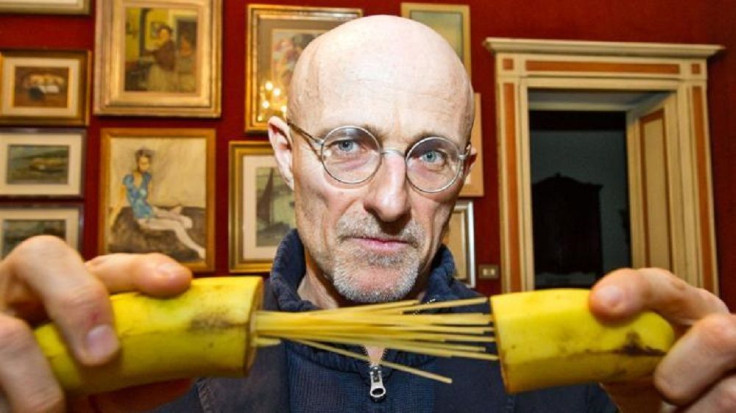Italian doctor claims some Brits volunteering for pioneering head transplant surgery in 2017
Canavero uses chemical PEG to reconnect damaged spinal cords of animals

Even if Italian neurosurgeon Sergio Canavero had previously identified Russian man Valery Spiridonov as his patient for the planned first human head transplant in 2017, several Britons are still volunteering for the pioneering surgical procedure. He claims he has a lot of volunteers from UK who wants to be patient one.
While the scientific community has basically doubted Canavero’s plan to use a donor body and have the patient’s head placed on the body, he published a series of papers where he presented video proof of reconnecting severely damaged spinal cords. The doubts centre on the ability to reconnect the spinal cord of the donor body and the patient’s head.
Gizmodo reports that the papers, published in Surgical Neurology International, identifies a chemical, polyethylene glycol or PEG, which Canavero used to reconnect the spinal cord of a mouse and dog which are in various stages of recovery. A Korean doctor, Cy-Yoon Kim from Seoul’s Konkuk University, helped Canavero sever the spinal cords of 16 mice. Then they injected PEG into the injured areas of half of the mice and saline solution for the other half.
Five of eight mice in those given PEG regained some mobility, but three others died. However, no mice that were given saline solution could move afterwards. Canavero explains PEG reconnected the two fused ends of the spinal cord, a long healing process which involves thousands of neurons.
The two conducted a second experiment using juiced-up version of PEG which used an electrically conductive material, graphene nanoribbons, to serve as a scaffold where the neurons could grow. However, a flood in the lab killed four of the five rats given the new and improved PEG.

They also severed 90 percent of a dog’s spinal cord and gave it PEG. After two weeks, the dog could drags its hind legs, and walk, grab objects and wag its tail on the third week. Nevertheless, the experiments failed to impress experts due to the small sample sizes and lack of a control group in the dog experiment.
Canavero says, “The list of patients is so long and several of the patients are from the UK,” quotes BBC. He says UK has the possibility to do that kind of surgery, but he adds the procedure could take place in the UK, Germany or France. He previously planned to do it in China, while a hospital in Vietnam has offered its facility.
VIDEO: Mice with severed spinal cords appear to walk again
Source: New scientist






